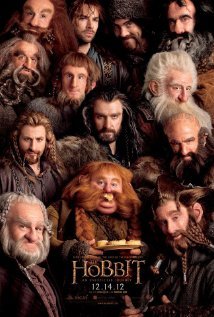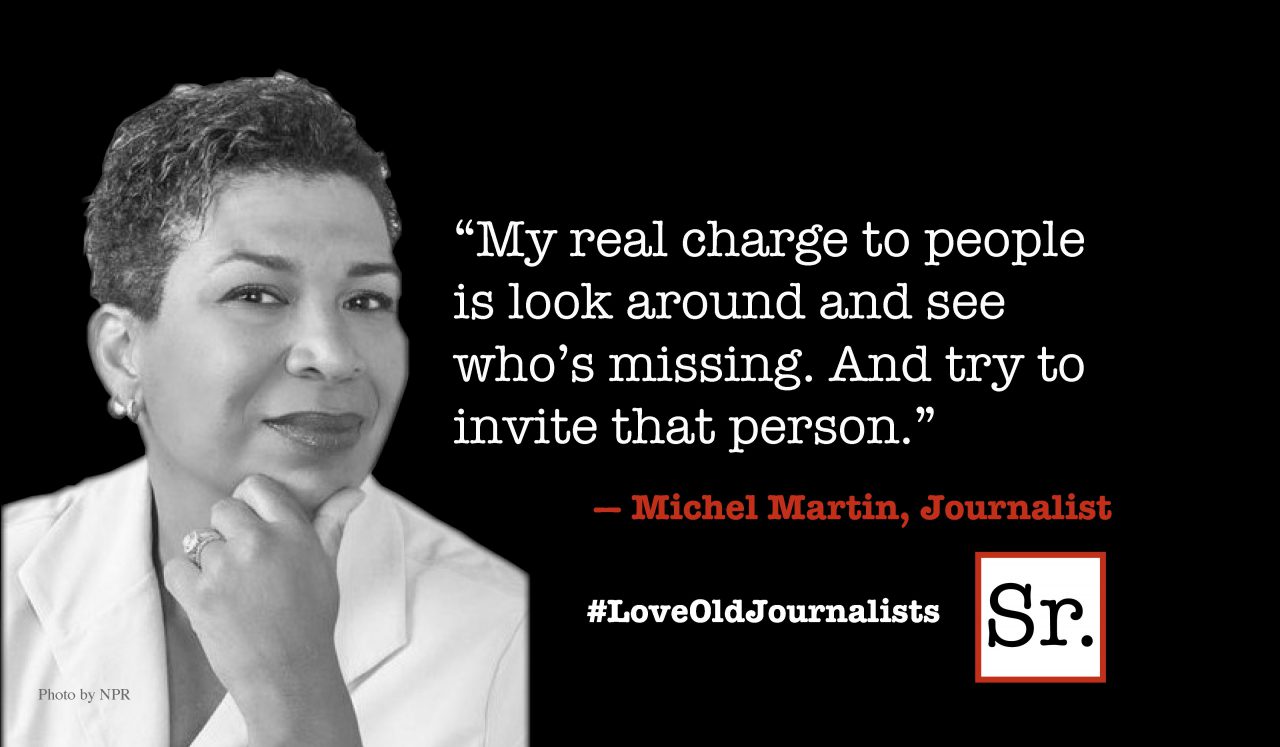I can’t decide if the motivating force behind Peter Jackson’s “The Hobbit: An Unexpected Journey” is hubris or greed.
It’s hubris if Jackson assumed we’d buy anything he threw at us after the worldwide success of his three three-hour-long installments of “Lord of the Rings.”
It’s greed if he decided that there was way more money to be made by stretching J.R.R. Tolkien’s novel for children (just 300 pages, compared to “LOTR’s” 1,200) to an elephantine nine hours of screen time instead of a single three-hour (or even two-hour) movie. (“An Unexpected Journey” is only the first of three “Hobbit” films to arrive on successive Christmases.)
By now you may have gathered that I’m not particularly enamored of Jackson’s “Hobbit.” In fact, I consider it the year’s biggest letdown (largely because my expectations were so high).
Oh, you’ve got movie technology piled atop movie technology, plus the gimmick of 48-frames-per-second projection in select theaters. (More about that later on).
The costuming, effects, props and cinematography are state of the art.
But nobody’s home.
Jackson and his co-writers (Fran Walsh, Philippa Boyens and Guillermo del Toro) have given us a classic runaround movie.
First the actors run over there. Then they run over here. And then over there.
They’re not running toanything particularly. They’re just running for the sake of running. They fight orcs and goblins and trolls.
But they never go anywhere. There’s never a sense that we’re making narrative progress.
And they never become real characters. These are one-dimensional figures (even Ian McKellan’s Gandalf looks vaguely lost); nowhere in “An Unexpected Journey” is there anything approaching the heart or emotion present in the Frodo-Sam relationship from LOTR.
The film’s best moments belong to Andy Serkis’ Gollum, whose split personality (there appear to be two of him carrying on an internal conversation) is the most interesting thing on the screen.
And, gods help us, the film is filled with interminable recitations of Middle Earth genealogy. You know the kind…with King Soforth begetting Lord Suchnsuch but being defeated in battle by the orc warrior Uglymug before losing his kingdom to the marauding dragon Fajitabreath.
Spare me.
Written 20 years before and taking place 60 years before the “Lord of the Rings,” “The Hobbit” is the story of how Bilbo Baggins came into possession of the famous ring.
It begins with a youngish Bilbo (portrayed this time around by Martin Freeman) finding his cozy hobbit hole overrun with 13 boisterous dwarfs, who eat everything in sight and generally behave like the Middle Earth version of frat boys. The scenes of Bilbo’s discomfort and indignation are meant to be funny, I think, but they’re not. It’s like watching someone without a sense of humor trying to tell a funny story.
(In fact, just about all of the film’s attempts at comic relief fall flat.)
Turns out the dwarfs have been assembled here by Gandalf. His plan is to help the dwarf lord Thorin (Richard Armitage) recover his under-the-mountain throne , which was taken over a generation earlier by the dragon Smaug. The dwarfs require a “burglar” for this adventure, and Gandalf believes the homebody Bilbo might be just the man.
And after about 90 interminable minutes of hemming and hawing, Bilbo agrees and the journey begins.
The trip is marked by guest appearances by Cate Blanchett and Hugo Weaving as elvish royalty; Ian Holm as the much older Bilbo with Elijah Woods as a pre-adventure Frodo, and Christopher Lee as the wizard Saruman. It’s nice to see them again, but they contribute little to the narrative (although much to the feeling that everything about this film has been padded).
The 13 dwarfs are, with the exception of Armitage’s surly but charismatic Thorin, ciphers. You can only tell them apart by their wildly eccentric facial hair.
Now this was a problem in the novel, too. But couldn’t Jackson and company have spent some time to create scenes for each of the sawed-off warriors that would help us understand who they are? I mean, they’ve got NINE FREAKING HOURS to tell their tale. How about a little character development?
But about halfway through something curious occurs. A switch is throne in our eye/brain functions and “The Hobbit” starts to look pretty good. Great, in fact. It just takes a while for our nervous systems to accommodate it all.
(Some early viewers have complained of nausea and severe eye strain with the 48-frame-per-second cinematography. I saw no evidence of that.)
But no matter what the technology with which a story is told, it’s the story that matters in the end. The story and the characters who move through it.
And on that most basic level “The Hobbit” fails.









